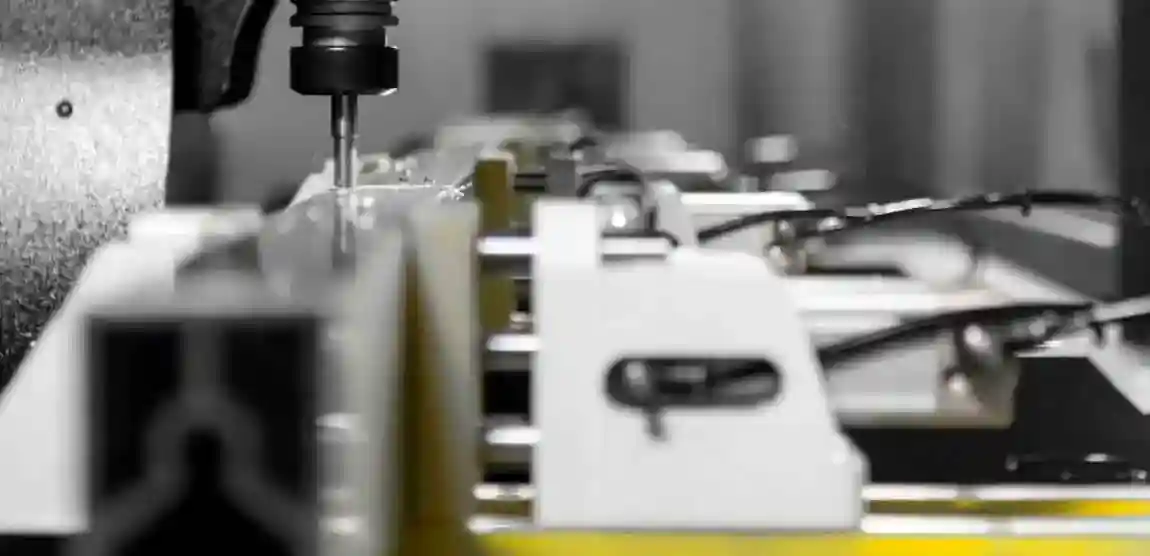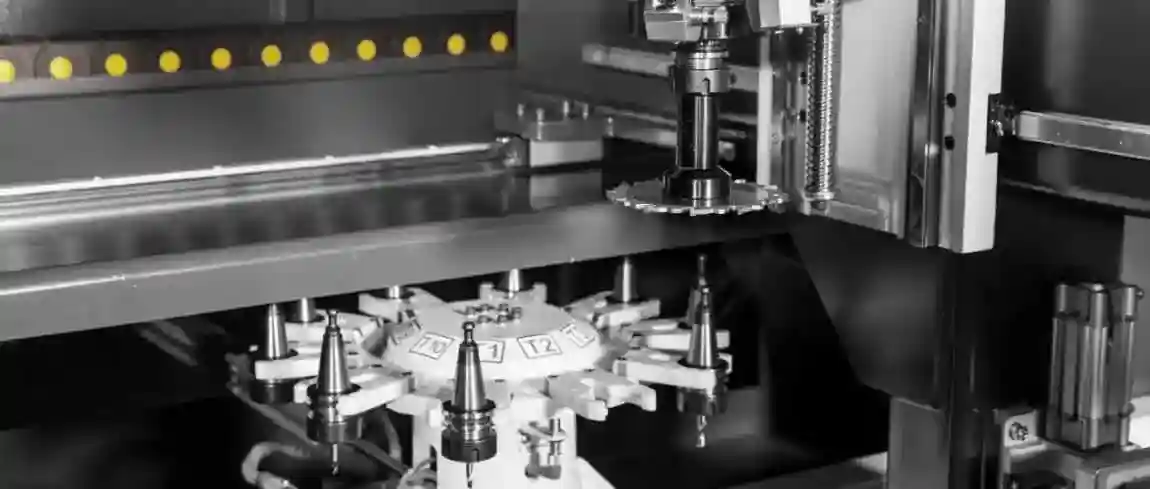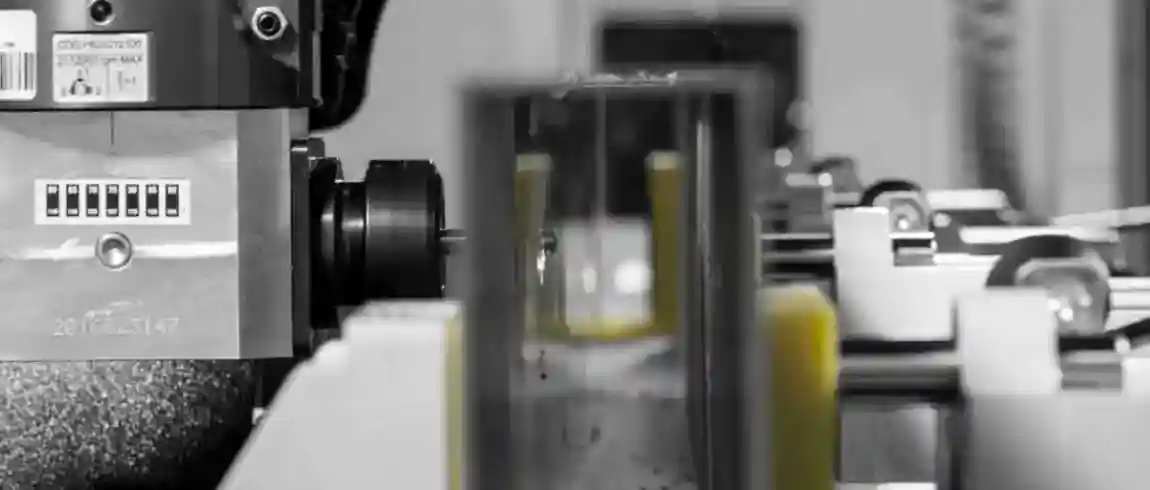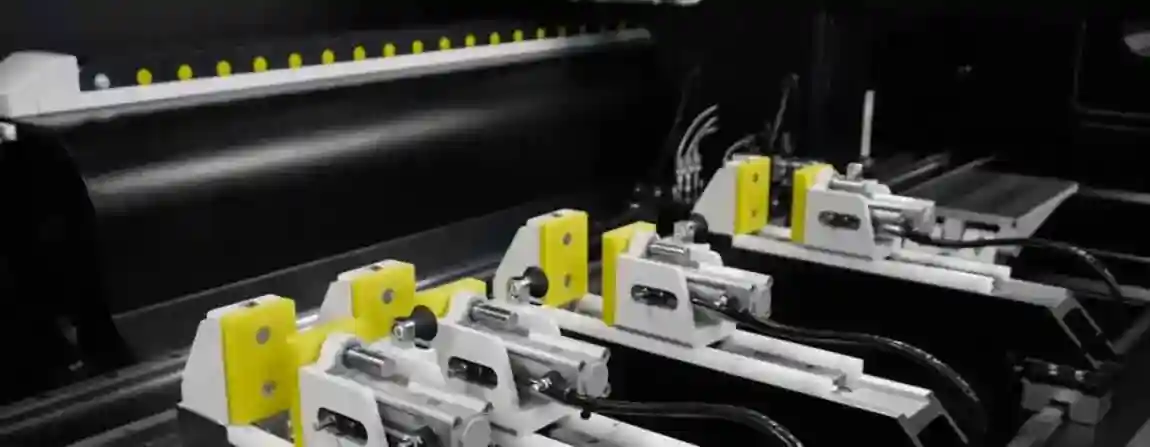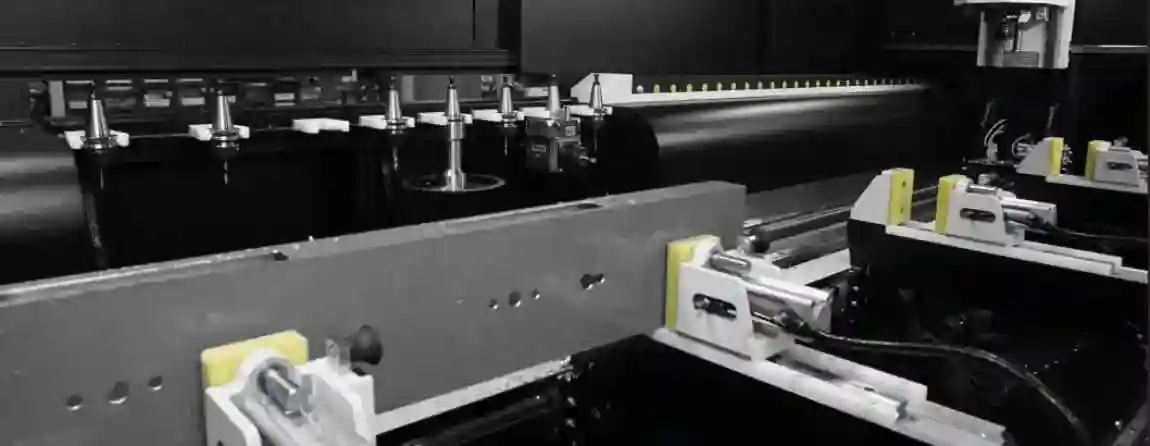-

Company
Product
ALUMINIUM MACHINES
PORTABLE MITER SAWS FOR ALUMINUM
PORTABLE COPY ROUTER MACHINES FOR ALUMINIUM
PORTABLE END MILLING MACHINES FOR ALUMINIUM
AUTOMATIC MITER SAWS FOR ALUMINIUM
COPY ROUTER MACHINES FOR ALUMINIUM
END MILLING MACHINES FOR ALUMINIUM
ALUMINUM CORNER CRIMPING MACHINE
DOUBLE MITRE SAWS FOR ALUMINIUM
AUTOMATIC SAWS FOR ALUMINIUM
BAR PROCESSING CENTERS
MACHINING CENTERS FOR ALUMINIUM COMPOSITE PANELS
NOTCHING SAWS
WEDGE CUTTING SAWS AND NOTCH CUTTING SAWS
MITER SAWS FOR ALUMINIUM
PVC PLASTIC MACHINES
PORTABLE MITER SAWS FOR PLASTIC
PORTABLE COPY ROUTER MACHINES FOR PLASTIC
PORTABLE END MILLING MACHINES FOR PLASTIC
MITER SAWS FOR PLASTIC
COPY ROUTERS FOR PLASTIC
END MILLING MACHINES FOR PLASTIC
WELDING MACHINES FOR PLASTIC
CORNER CLEANING MACHINES FOR PLASTIC PROFILES
DOUBLE MITRE SAWS FOR PLASTIC
BAR PROCESSING CENTERS
GLAZING BEAD SAWS
AUTOMATIC MITRE SAWS FOR PLASTIC
METAL MACHINES
MANUAL METAL SHEET BENDING MACHINE
MANUAL BENDING MACHINES
HYDRAULIC BENDING MACHINES
NON MANDREL BENDERS
PLATE BENDING MACHINES
BORDERING AND TRIMMING MACHINES
HORIZONTAL PRESSES
BELT GRINDING MACHINES
PIPE NOTCHING MACHINES
PIPE POLISHING MACHINES
LASER CUTTING MACHINES
PRESS BRAKES
VERTICAL TURNING CENTERS
MACHINING CENTERS
WOOD MACHINES
GLASS MACHINES
ROBOTICS SPECIAL MACHINERY
Service
Blog
Contact
Blog
- Home
- Blog
- ALUMINIUM PROFILE SAW MACHINE
- WHAT SAW DO YOU NEED FOR ALUMINUM
WHAT SAW DO YOU NEED FOR ALUMINUM
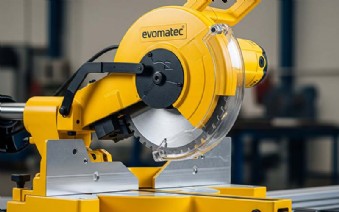
What Saw Do You Need for Aluminum?
Aluminum is a versatile and widely used material found in various aspects of daily life and industry. When cutting aluminum, selecting the right saw and tools is crucial for ensuring precise, clean, and efficient results. In this comprehensive guide, we'll take an in-depth look at the different saws suitable for cutting aluminum and provide valuable tips for successful processing.
1. Types of Saws for Aluminum
1.1 Circular Saws
Circular saws are among the most commonly used tools for cutting aluminum, especially when large volumes of material need to be processed. They offer high cutting speed and precision, making them ideal for cutting aluminum profiles and sheets. There are various types of circular saws suitable for aluminum:
Handheld Circular Saws: These portable tools are useful for smaller projects or on-site work. They are relatively inexpensive and easy to use. For aluminum, specialized saw blades designed for metals should be used.
Table Saws: These stationary machines provide greater stability and accuracy. They are ideal for repetitive cuts and large workpieces. Again, it is important to use a suitable saw blade to achieve optimal results.
Miter Saws: These saws are particularly useful for cutting aluminum profiles at precise angles. They allow for accurate miter cuts and are essential for many construction and assembly tasks.
1.2 Band Saws
Band saws are known for their versatility and ability to make precise cuts in various materials. When cutting aluminum, band saws offer several advantages:
Continuous Cuts: Band saws are ideal for long, straight cuts in aluminum, especially for larger workpieces.
Adjustable Cutting Angles: Many band saws allow for angle adjustments, making them suitable for complex cuts and angles.
Saw Blades: For processing aluminum, a saw blade with fine teeth made of HSS (High-Speed Steel) or cobalt alloy should be used. These materials are durable enough to handle the friction and heat generated during aluminum cutting.
1.3 Jigsaws
Jigsaws are useful for precise and curved cuts in aluminum sheets. These saws are particularly good for smaller or detailed work, offering high control and flexibility.
Saw Blades: For aluminum, use jigsaw blades with fine teeth and a carbide coating. These prevent clogging and improve cut quality.
Cutting Depth: Jigsaws typically have a limited cutting depth, making them ideal for thinner aluminum sections.
1.4 Reciprocating Saws
Reciprocating saws, also known as sabre saws, are valued for their flexibility and versatility when cutting aluminum. They are particularly useful for irregular cuts and cutting pipes or profiles.
Saw Blades: Use blades with fine teeth and a special coating for aluminum. These reduce clogging and enhance cut quality.
Portability: Reciprocating saws are portable and well-suited for job sites or workshops where flexibility is required.
2. Choosing the Right Saw Blade
Selecting the right saw blade is crucial for effective aluminum processing. Here are some key factors to consider:
Blade Material: HSS (High-Speed Steel) and cobalt alloys are good choices for aluminum due to their hardness and durability.
Tooth Configuration: Fine teeth are better suited for aluminum as they provide a smoother cut and prevent clogging. Ensure the blade is specifically designed for metal work.
Coating: Friction-reducing coatings such as TCT (Tungsten Carbide Tips) can extend the blade's lifespan and improve cut quality.
3. Tips for Processing Aluminum
3.1 Correct Speed
When cutting aluminum, it is important to choose the correct speed. Excessive speeds can lead to overheating and uneven cuts. A moderate speed provides better control and extends the blade's lifespan.
3.2 Cooling and Lubrication
Use coolant or lubricant to reduce friction and heat buildup during cutting. This helps prevent blade clogging and ensures a clean cut.
3.3 Workpiece Fixation
Ensure the aluminum workpiece is securely clamped to avoid vibrations and movement during cutting. This results in more accurate cuts and enhances safety.
3.4 Safety Measures
Always wear appropriate safety gear, such as safety glasses and hearing protection, to guard against debris and noise. Ensure the work area is well-ventilated.
4. Maintenance and Care of the Saw
Regular maintenance is required to extend the lifespan of your saw and saw blades. Clean the saw regularly to remove debris and contaminants. Check the saw blade for wear and replace it as needed. Keep the blades sharp to maintain cutting quality.
Conclusion
Choosing the right saw for cutting aluminum depends on the type of project, the size of the workpiece, and the desired cutting results. Circular saws, band saws, jigsaws, and reciprocating saws each offer specific benefits that can be utilized depending on the application and requirements. Selecting the appropriate saw blade, correct speed, cooling and lubrication, and proper workpiece fixation are crucial for successful aluminum cutting. Regular maintenance and care of your saw will ensure a long service life and optimal performance.
 GERMANY
GERMANY ENGLISH
ENGLISH FRANCE
FRANCE SPAIN
SPAIN PORTUGAL
PORTUGAL


